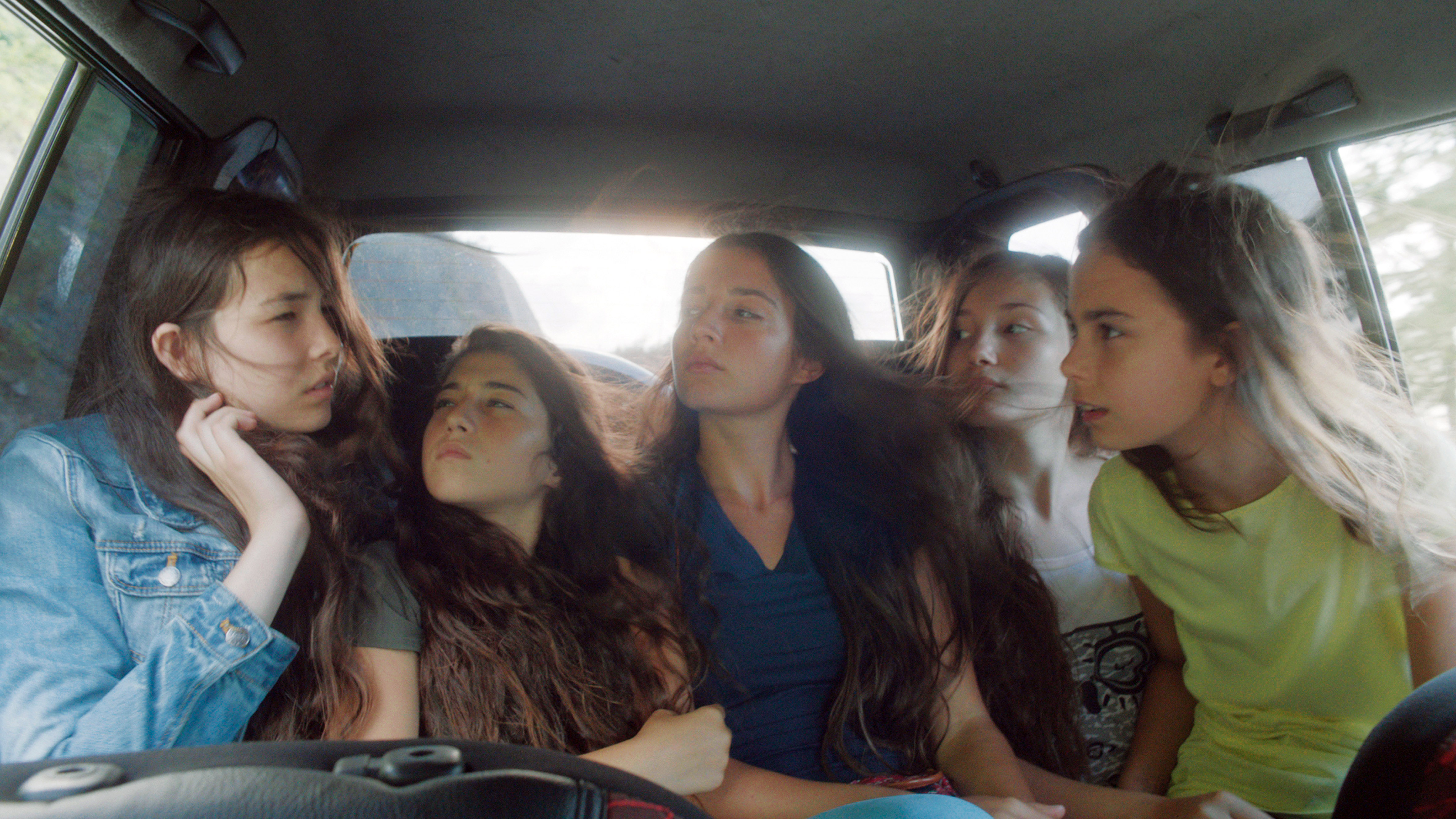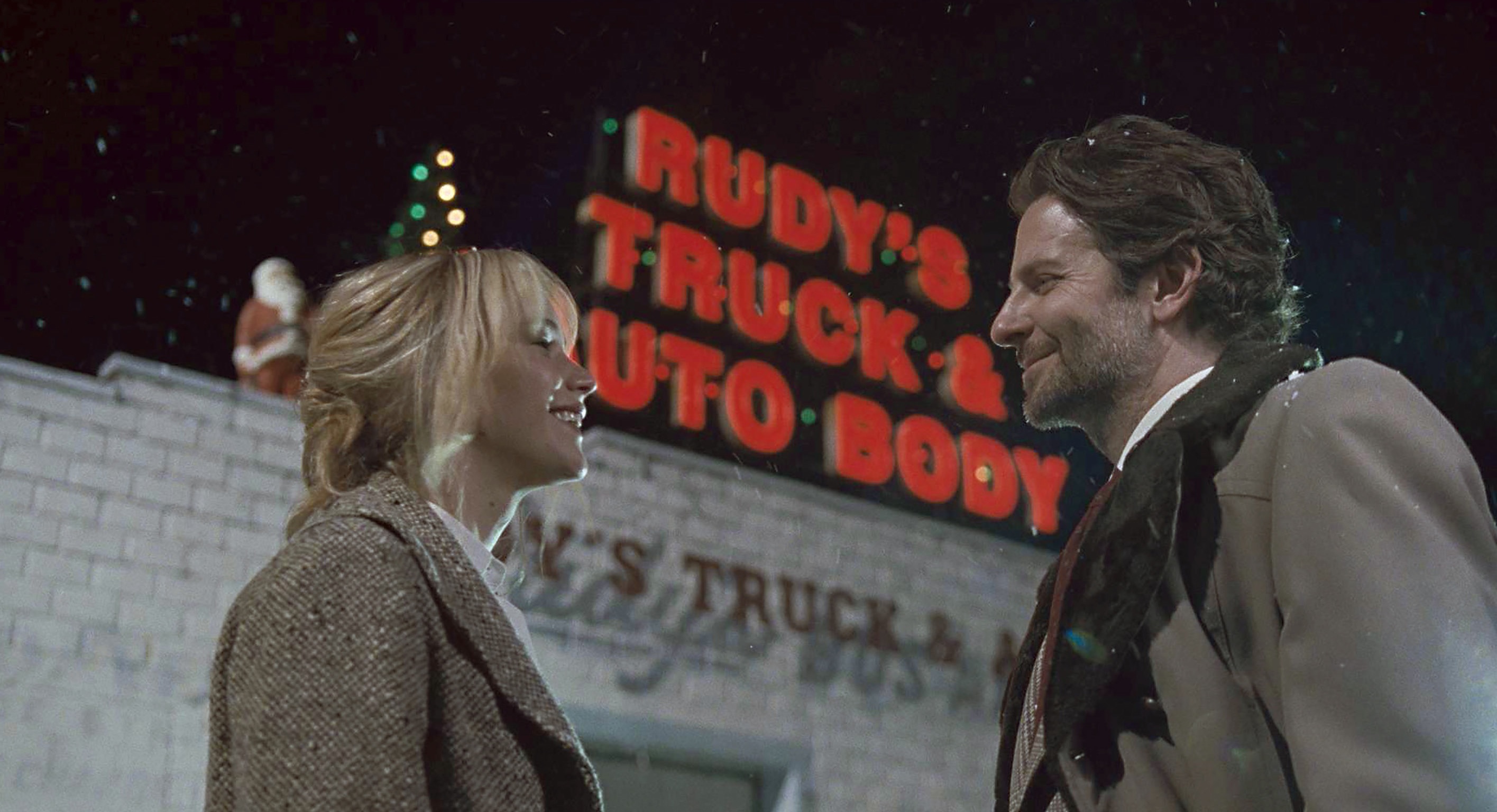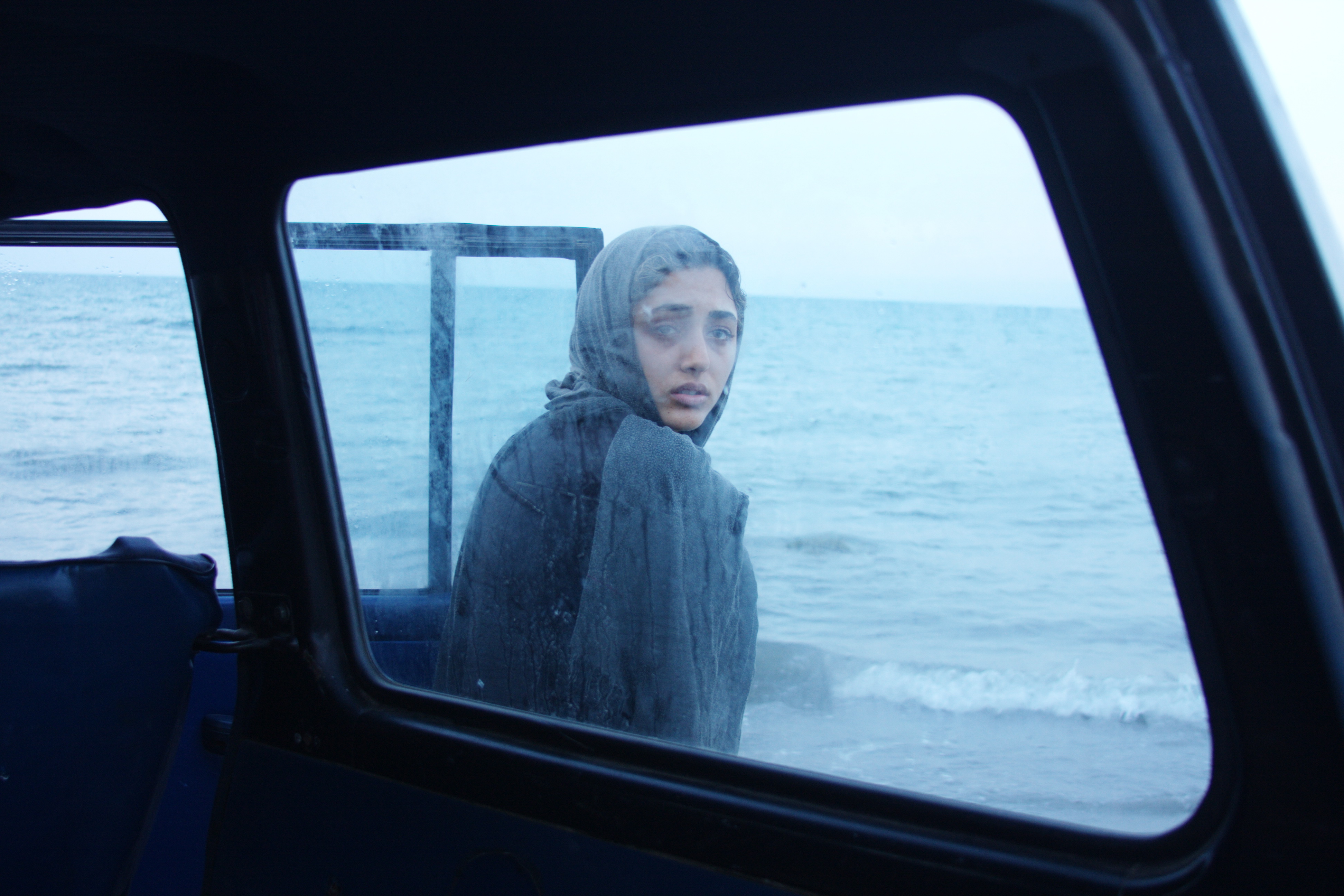You better be on time if you want to see a movie with Warren Moon. The former Husky star quarterback, who helped beat Michigan in the 1978 Rose Bowl, is a stickler about showtimes. It’s one of the few concrete, character-illuminating nuggets in his new autobiography, Never Give Up on Your Dream (Da Capo, $25). The retired QB, who played the 1997-98 season with the Seahawks and now broadcasts their games, mostly fills the book with inspirational bromides and vague allusions to his DUIs on the Eastside. Born into a large, poor family L.A., he’s done well for himself financially after a long career in the CFL and NFL (which ended in 2000), but confesses to carrying a chip on his shoulder about pro scouts considering him too black to play QB.The book sounds more like his co-writer (Don Yaeger) than Moon himself, but one details sticks with me: Moon, apparently a Yoda-quoting movie lover, is still pissed about people showing up late for the 1981 Michael Caine horror flick The Hand. He relates how he and his UW buddy Lorenzo Romar–a former NBA-er now coaching the UW hoops squad–kept whispering at late-comers to the theater, “The movie started at 7:30!” Twenty-eight years later, and he’s still irate. So if Moon asks you to join him for a movie, get there early. (And get there early for his reading at the Duchess Tavern, 2827 NE 55th St., 5:30 p.m. Thurs., Oct. 29.)Make the jump for more local authors and subjects including the peak year of grunge (1989), being down and out in Bremerton, and our city’s Omsted parks…Richard LeMieux’s memoir of homelessness, Breakfast at Sally’s (Skyhorse, $14.95), was written on a cast-off manual typewriter while the author was living in his van. “Sally’s” is street slang for The Salvation Army in Bremerton, a detail also noted in Danny Westneat’s column last year in the Times. New in paperback, the book scored a review last year in The New York Times, which might inspire more local writers to toss their laptops and find an old Smith Corona. Though the homeless part is undoubtedly harder. LeMieux, now 66, was once an Ohio sportswriter and later a GOP fundraiser in Kitsap County. The Internet (and depression) wiped out his medical and university directory publishing business in the late ’90s; he’s a forgotten man for the boomer generation, a guy whose skill sets became obsolete in the early part of this decade. Eventually he finds God, a dog, friends among his fellow outcasts, and an apartment. And the former “staunch Republican” reevaluates his allegiance to the party of bootstrapping and self-reliance, eventually becoming a Dem who advocates spending on social services. He’s scraping by now on Social Security and Medicare–two of those dreaded big government programs that Republicans so love to hate.Short-listed for a Washington State Book Award was Guernica (Bloomsbury, $15), an historical novel of the Spanish Civil War by Tacoma News Tribune writer Dave Boling. The book is new in paperback; no word yet on whether he’ll do a second round of readings this fall.Definitely making an appearance at Seattle Central Library is local artist Tony Angell, whose Puget Sound Through an Artist’s Eye (UW Press, $35) is out this month. He previously illustrated In the Company of Crows and Ravens (authored by local crow expert John M. Marzluff). This new book includes his sculpture and drawings, with a particular emphasis on birds and waterfowl. (Seattle Central Library, 1000 Fourth Ave., 386-4636, spl.org. 2 p.m. Sat., Oct. 18)Joining arts and climate is the new photo and essay book Planet Ice (Braided River, $39.95), by local photographer James Martin. A former climbing guide in the North Cascades, he began that sport when glaciers were advancing and the ice was–as mountaineers say–“fat” enough to climb waterfalls in winter. Now, with global warming, almost every glacier in our state (and worldwide) is receding. Most of Martin’s images are from the Alps, Patagonia, Antarctica, and other distant locales. (With, yes, penguins.) But there are also glimpses of Mt. Rainier, the Ptarmigan Traverse and Luna Cirque in the North Cascades. Short essays and diagrams are interspersed to help explain the complex dynamic of ice formation (and loss) and meteorology.Closer to home (and sea level) is Joan Hockaday’s Greenscapes: Olmsted’s Pacific Northwest (WSU Press, $29.95), about John Charles Olmsted (1852-1920), who famously designed many of our city’s great parks. Stepson to Frederick Law Olmsted (1822-1903), who counts New York’s Central Park among his jewels, the younger designer first visited Seattle in 1903. His master plan for the city was responsible, in whole or in part, for Lake Washington Boulevard, Seward Park, the Arboretum, Volunteer Park, Ravenna Boulevard, and Green Lake. He and his firm weren’t responsible for every element and every park in the city (as they were built over several decades), but John Charles Olmsted essentially designed the map for today’s precious green spaces. He also had a hand in the design for the 1909 Alaska-Yukon-Pacific Exposition, which in turn underlies the modern University of Washington campus. Seattle author Hockaday has done several presentations on the book; and more may be scheduled this fall.Also close to home, for at least a chapter, are the Seattle-grunge rock-Kurt Cobain pages of 1989: Bob Dylan Didn’t Have This to Sing About (UC Press, $21.95) by University of California professor Joshua Clover. The book is basically an academic essay arguing for the importance of the last gasp of the Cold War era and against the primacy of boomer culture. Interesting notion, dreadfully expressed in the usual Ph.D-speak (indexed from Adorno to Zizek). Sample passage:”Cobain’s revisiting of that punk desideratum is, before anything else, a choice of one lineage over another, punk over metal. It stands as a kind of reformation–against the cyclical intensification of rock’s professionalization and most immediately the slick trappings of glam metal…”Keep reading, Mudede, if you can stand it….
More Stories From This Author
Adam Smith and Kim Schrier will retain Congress seats | Election 2024
Smith represents the 9th Congressional District and Schrier represents the 8th Congressional District.
November 5, 2024 9:40 pm
Boeing Machinists approve contract, ending 52-day strike
After voting no twice, 59% of union members approved the latest contract.
By
Michael Henneke • November 5, 2024 8:40 am
Charges filed against teens in King County crime spree
Suspects linked to 78 robberies, shootings and carjackings in Sept. and Oct.
By
Benjamin Leung • October 21, 2024 6:00 pm







